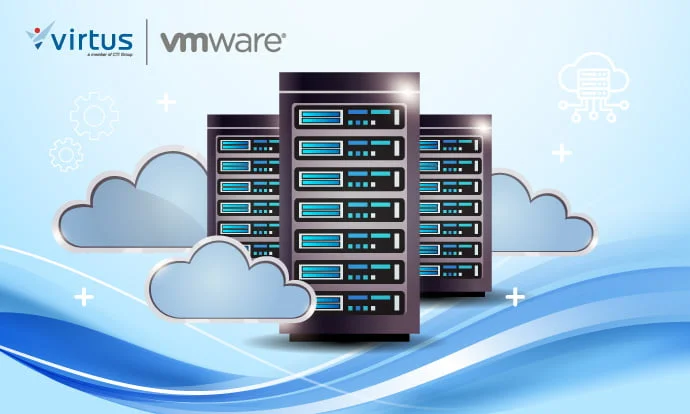Source: https://www.nakivo.com/blog/vmware-alternatives/
The Broadcom-VMware merger has sparked a renewed interest in exploring alternatives to VMware for virtualization. With potential price changes on the horizon, organizations are reevaluating their options, weighing functionality, cost, and compatibility. This shift underscores the critical role of hypervisors in IT infrastructure and the importance of making informed choices to ensure flexibility and efficiency.

Understanding Virtualization and Hypervisors
Virtualization enables businesses to maximize hardware utility by running multiple virtual machines (VMs) on a single physical host. At the heart of this technology are hypervisors, which manage the abstraction of hardware for virtual environments. There are two main types:
- Type 1 (Bare-metal): Runs directly on hardware, offering high performance and efficiency. Ideal for enterprise-level operations.
- Type 2 (Hosted): Runs on an existing operating system. Suitable for smaller setups but less efficient due to higher latency.
Selecting the right hypervisor depends on an organization’s size, workload, and performance needs. Enterprises typically favor Type 1 solutions, while smaller teams may opt for Type 2.
Exploring VMware and Alternatives
VMware remains a leader with its robust vSphere suite, including tools like ESXi for hypervising, vSAN for storage, and advanced features like High Availability (HA) and Fault Tolerance. However, the merger has prompted organizations to consider alternatives, such as:
- Proxmox VE: An open-source option combining virtualization and containerization, offering flexibility and cost-effectiveness. However, it has a steeper learning curve and limited third-party integrations.
- Microsoft Hyper-V: Known for its seamless integration with Windows environments and affordability. Challenges include limited Linux support and occasional downtime for updates.
- Nutanix AHV: A modern solution with strong HA capabilities and cost-saving benefits, but still developing in terms of integrations and ecosystem maturity.
- Citrix Hypervisor: Ideal for Citrix Virtual Apps users, with a user-friendly interface and strong performance. However, its reliance on Citrix ecosystems can limit broader applicability.
Strategic Takeaways for Businesses
1. Evaluate Needs and Scale: Consider the size and complexity of your infrastructure. Type 1 hypervisors are best for large, dynamic environments.
2. Balance Cost and Capability: Open-source options like Proxmox offer savings, but enterprises may require the robust features of proprietary platforms.
3. Plan for Adaptability: Choose solutions that align with long-term goals and can scale with organizational growth.
As a Managed Service Provider specializing in Cloud Services, Cyber Security, Network Management, and IT Infrastructure, CSG Technologies helps businesses navigate these critical decisions. We provide:
- Expert Consultation: Guidance in selecting and deploying the ideal hypervisor for your needs.
- Comprehensive Support: 24/7 monitoring, maintenance, and troubleshooting to ensure smooth operations.
- Cost Optimization: Streamlined solutions to maximize ROI without compromising performance.
- Scalable Solutions: Infrastructure design that evolves with your business.
With CSG Technologies as your partner, you can confidently transition through changes in the virtualization landscape, ensuring your IT infrastructure remains resilient, efficient, and future-ready.


